5 steps to expand to the EU: a quick guide for US brands
In an increasingly interconnected world, expanding overseas has become a tempting option for many US D2C e-commerce brands. We've compiled the steps you need to take from research to execution in this quick guide.
.png)
Expanding your US-based direct-to-consumer (D2C) e-commerce brand to the EU can be a great opportunity for growth, but it also requires careful planning and execution. Here is a quick step-by-step guide on how to successfully expand to the EU.
1. Research: looking into new markets
Before kicking off sales in the EU market, it’s important to research which countries you would like to target. Before entering any new market, it is crucial to do your research to understand the cultural, legal, and economic differences. Identify the countries where your product may have a demand, learn about local customs and regulations, and research the local and international competition.
For example, if you have a cosmetics brand, you might want to research the demand for your products in your target countries by looking at market size and competitors. Then, take a look at local packaging and labeling requirements to make sure everything is up to code.
Here are 5 websites you might want to start with to kick off your market research:
- Eurostat: Eurostat is the official statistical office of the European Union. It provides data and statistics on various aspects of the EU, including the economy, population, and social conditions. You can use Eurostat to gather information on market sizes and trends.
- Statista: Statista is an online statistics and market research platform that provides access to data from more than 80,000 topics. You can use Statista to research the market size and demand for your D2C brand in specific EU countries.
- GlobalData: GlobalData is a market research and analysis company that provides insights into various industries, including retail, healthcare, and technology. You can use GlobalData to get a better understanding of the demand for your D2C brand in the EU and how it compares to other brands in the market.
- Euromonitor International: Euromonitor International is a market research company that provides insights into various industries, including consumer goods, retail, and travel. You can use Euromonitor International to research the market size and demand for your D2C brand in specific EU countries, as well as to compare your brand to competitors in the market.
- Google Trends: Google Trends is a free tool that allows you to track the popularity of specific search terms over time. You can use Google Trends to investigate the demand for your D2C brand in different EU countries, as well as to identify any trends or changes in demand over time.
Here are some other ideas of what to research in your target markets:
- Pricing of your competitors: what is the price sensitivity for your particular product?
- Localization: is your target market accustomed to English? Or would they rather learn about your product in the local language?
- Payment and shipping options: Research the most popular payment methods and shipping options in the new market, and ensure that your e-commerce platform can support these options.
- Regulatory requirements: how do labeling requirements change? Do you need to list a legal address on your packaging? Are there any regulations around your product?
Once you have done your research and selected your target country or countries, it’s time to get going with legal and operational processes.

2. Getting registered: creating a legal entity in the EU
For US brands to operate legally in the EU, they need to create a legal entity. How you do this will depend on the country and your business. It could involve getting a tax number, legal address in that country, and business license.
The EU has strict regulations regarding data protection, consumer protection, and taxation. Ensure that your operations comply with all local regulations to avoid any legal issues.
Consult with a local attorney or a business advisor to help you understand the requirements.

3. Develop a logistics strategy: research local 3PL partners
Shipping and logistics will be a crucial aspect of your operations. Decide whether you will fulfill orders from one place or set up distributed inventory across multiple locations.
Working with a local holistic 3PL company will help you to get access to market expertise and support across the entire supply chain. A 3PL partner like Hive for example can take on all of your operations from freight, to packaging, delivery, and more. This means you can get all the advantages of operating locally without having to set foot overseas.
To get an idea of the time you can save by working with a 3PL partner that covers freight forwarding for example, check out how Hive helped backpack brand Ela Mo’s founder save 19 hours per month by taking over freight.
Here are some questions you might want to ask your potential EU partner:
- What is your technology like and are you constantly working to improve it?
- How can I integrate my online shop with your software?
- Where are your fulfillment centers located and can I fulfill from multiple fulfillment centers?
- Do you provide operations support across the supply chain including freight forwarding from my supplier to your fulfillment centers?
- What delivery speeds and prices can you offer? Can my customers get their orders in 2 days or less?
- How do you process returns?
- Can you fulfill flexibly and include personalized add-ons?
- Do you offer services such as kitting?
Once you have chosen your partner, it is time to get your products over to their fulfillment center(s). If your chosen 3PL partner offers freight forwarding support then contact them to transport your products from your supplier. If not, you will need to organize forwarding to the appropriate location yourself.
Before sending, you will need to ensure that your products are properly labeled and packaged for shipping to the EU.
Then, you will need to integrate your ecommerce platform with your 3PL partner. Check if there is an easy no-code integration or if you need a custom setup. This will ensure that orders are automatically forwarded to the 3PL for fulfillment.
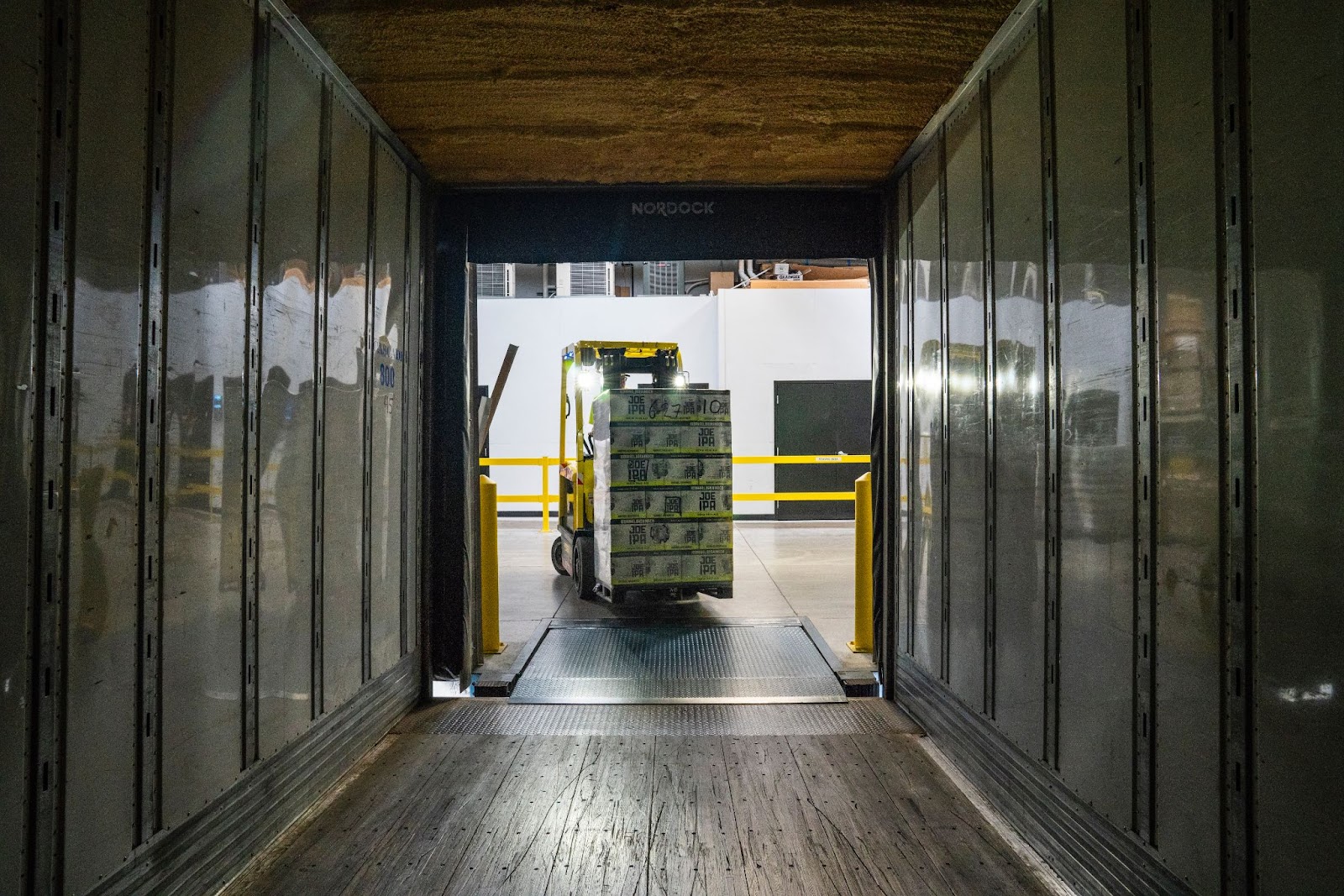
4. Launch your marketing strategy and online store
Your marketing strategy should be tailored to the local market. Consider cultural differences, language barriers, and local marketing channels. Invest in local SEO, social media advertising, and influencer marketing to increase your brand awareness.
Some aspects you might want to consider include:
- Which social media channels are the most popular with my target demographic in this country?
- What do ads look like from other local brands? What do consumers expect from brands in your niche?
- Are there any local influencers operating within your niche?
- Do I want to translate my website into the local language or is my target customer accustomed to shopping in English?
- What questions might my EU customers have about my product if it is something they are not familiar with?
- What payment options will my online store need to meet local customer expectations?
Once that research is done, it’s time to launch your EU storefront and start marketing your products to your new customers.

5. Analyze, test and iterate
Once you have launched your operations in the EU, continually monitor your performance, and make adjustments as necessary. Use data analytics to understand your customers' behavior and adapt your marketing and operations accordingly.
For example, maybe you see you are making more website traffic and generating sales in another EU country. Speak to your 3PL partner about distributing some of your inventory there so that you can save money on every delivery and get your products to your customers faster.

Expanding to the EU is an ideal next-step for US D2C brands
By following these steps, you should be well on your way to successfully expanding your US-based D2C brand to the EU using an EU-based fulfillment partner.
If you are looking to expand your brand with a fulfillment company that can support you across the whole supply chain, then Hive is the ideal partner for you. Learn how Hive can help you today.


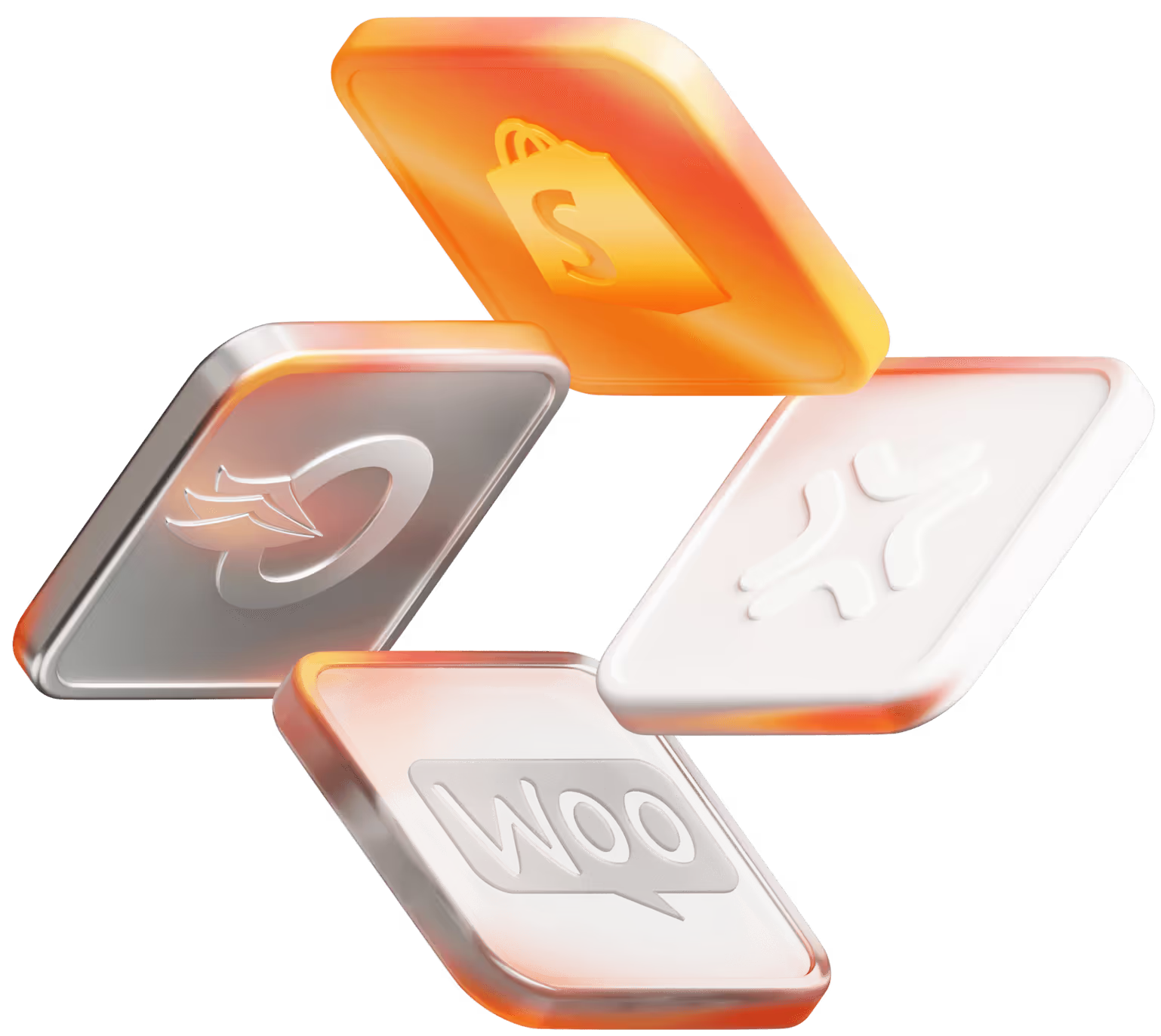





.jpeg)
.png)

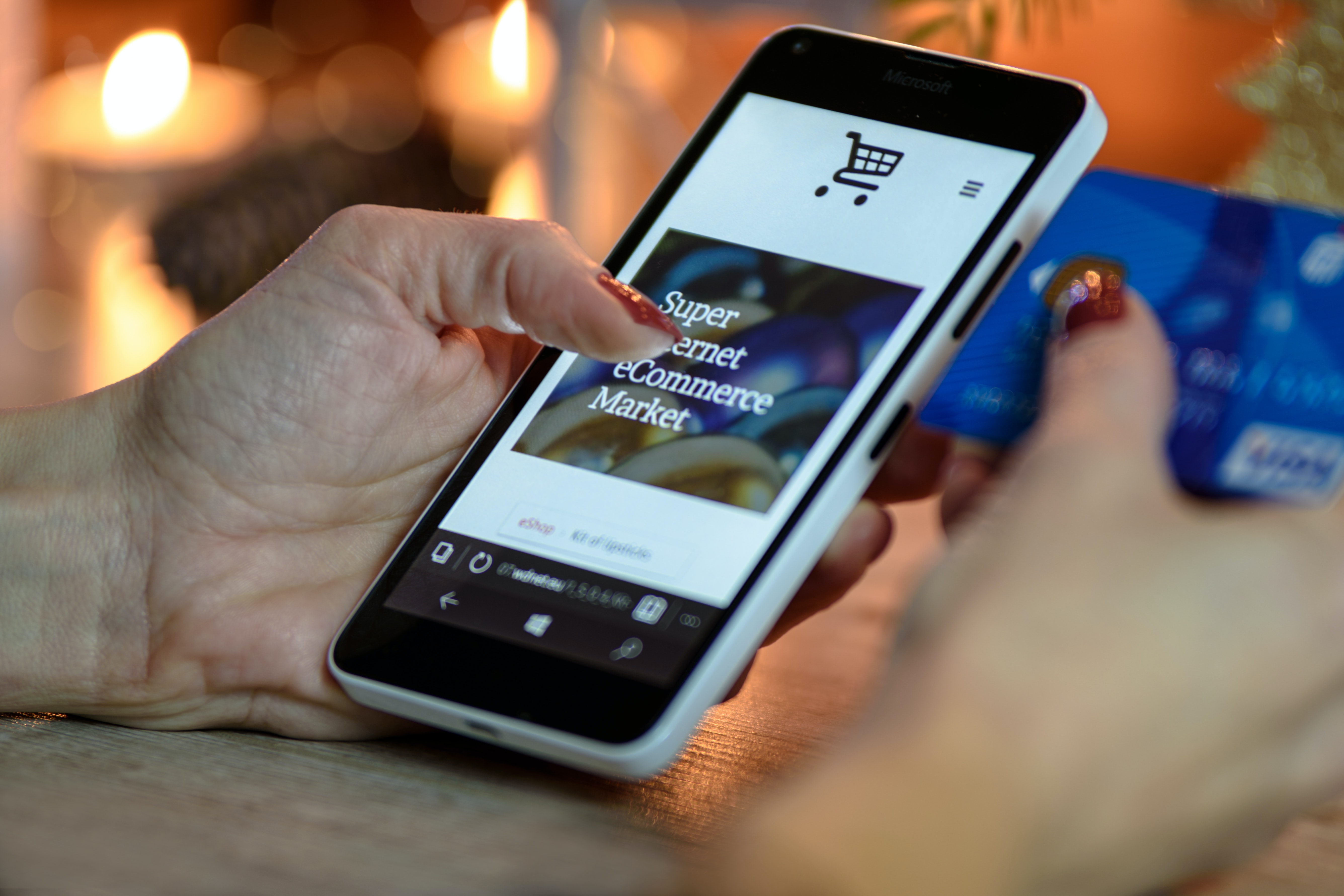

.png)
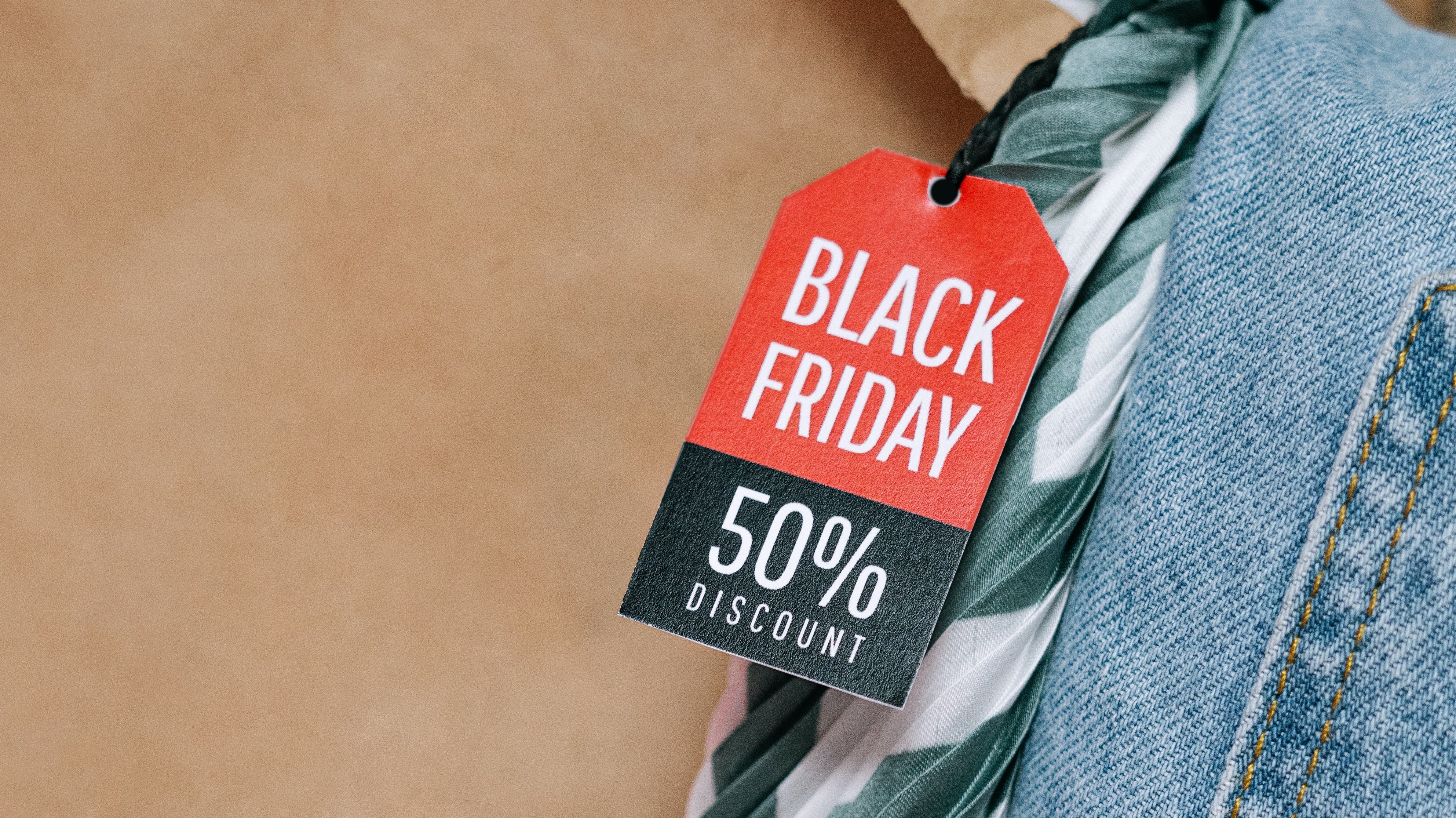


.png)

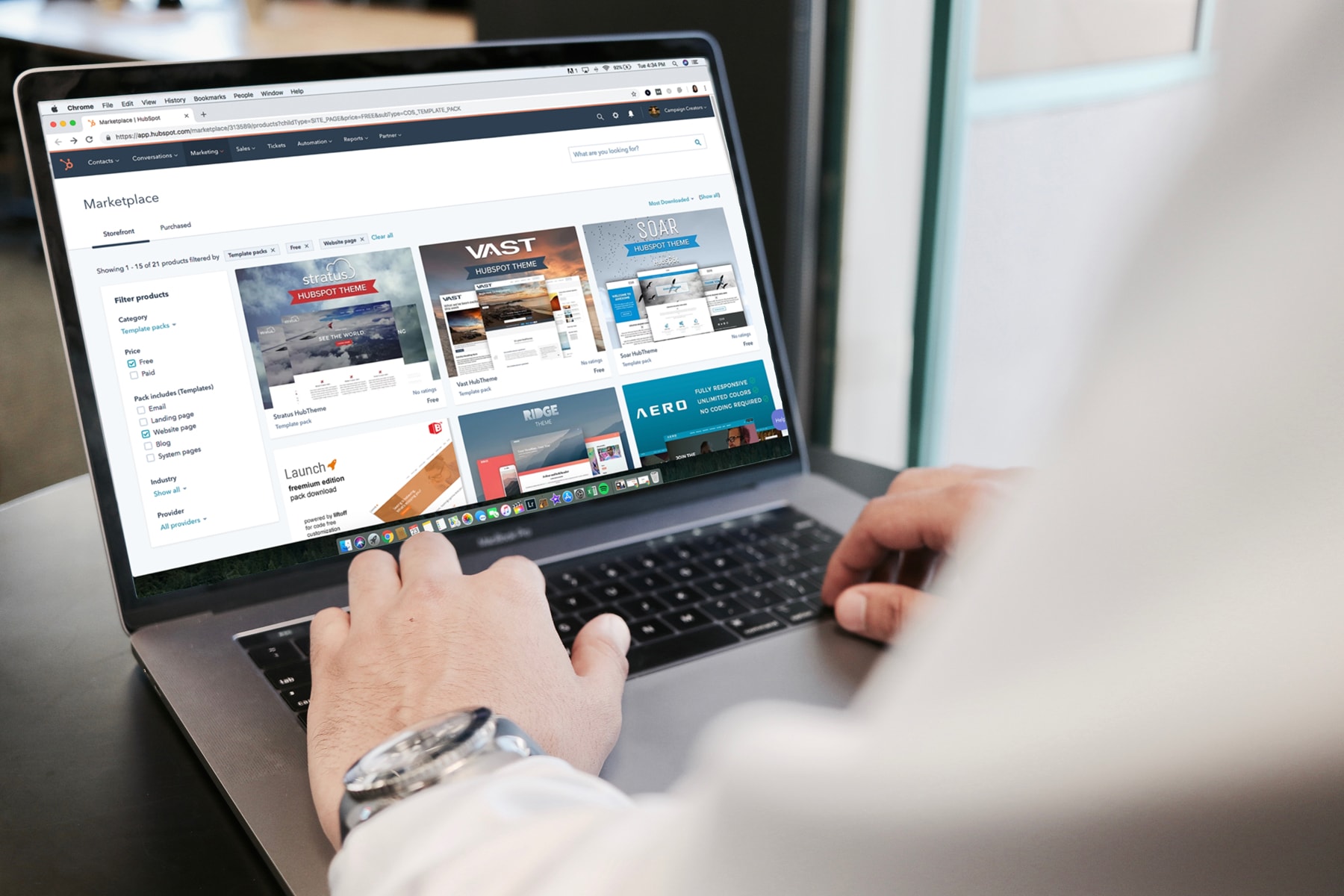



.png)

.png)

.png)
